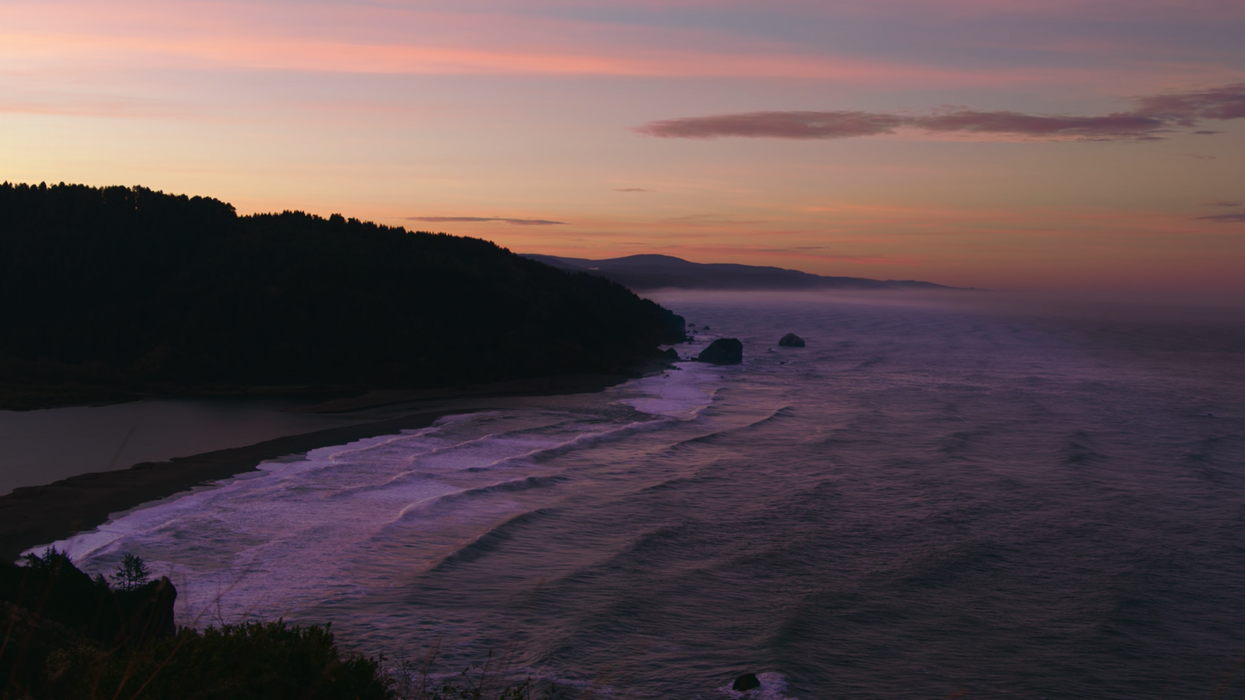YouTube Stays on the Cutting Edge of Tech with HDR
YouTube has launched HDR content with four shorts available now.

YouTube has long been among the first to adopt a new technology, often before the rest of the infrastructure is widely in place. This week, they continued that proud history with the implementation of High Dynamic Range, or HDR. In this case, it refers specifically to video displays that are designed to show a wider range of brightness, creating more dramatic and immersive imagery.

Of course, as was the case when YouTube introduced HD and 4K, you need a display capable of viewing the content in its full capacity to see the difference. Watching 4K footage on an HD resolution phone doesn't look than different than watching 1080p footage on that phone because the display can't show the resolution. The same rule applies here: you'll need an HDR-capable display in order to see the full range of brightness values. Right now, that means an HDR TV with a smart YouTube app or a Chromecast Ultra. This year's Samsungs are mentioned as compatible already, and we suspect that the new LG E6 line will work as well. Otherwise, unless you bought your TV in the last year or two, it is highly unlikely to have the feature, and there are currently no major computers that have the capability built in. Thus, all of the HDR stills in this article are much less dramatic here than they would if viewed on an HDR TV.
YouTube worked closely with Blackmagic Da Vinci Resolve to ensure that the newest version of the software (12.5.2 and up) would make it as easy as possible to master and upload projects directly to YouTube in the new format. In addition, both the New York and LA YouTube space production hubs are already fully prepared for the transition to high dynamic range content. The primary frustration at the moment is the limited content once you do get your TV working with YouTube HDR, as at launch there are only four videos available.

As is always the case with YouTube, anyone can upload HDR content, so the selection should increase quite quickly now that the option is available. Check out the launch content here and if you are going to upload your own HDR work go here for guidelines.
Tech Specs:
- HDR TV with YouTube App or Chromecast Ultra required
- HDR metadata required in the video container
- Hybrid Log Gamma and Perceptual Quantizer (HLG and PQ) formats accepted











